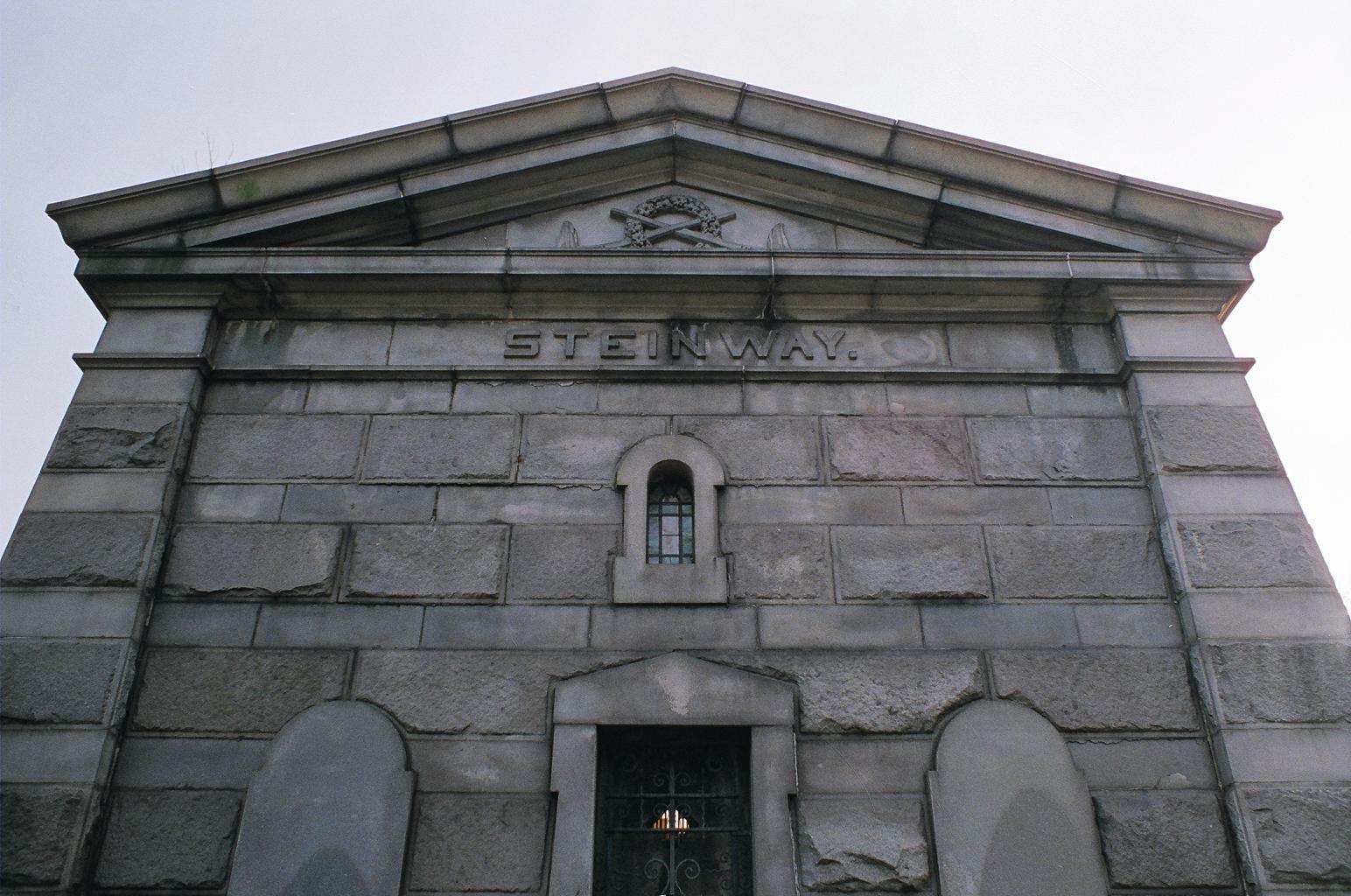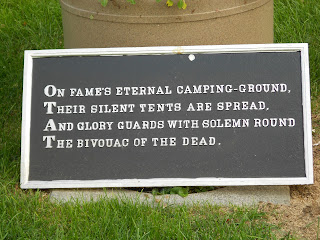Stephen Whitney's Mausoleum Open House New York
copy.JPG)
I visited the cotton speculator Stephen Whitney's mausoleum during the Open House New York weekend. I had always been curious to see its interior, which was different from the cozy living room with a fireplace I had imagined. I found the crypt covers captivating due to their symbolism. Stephen Whitney was known for not spending his wealth despite being reported as the second richest man in the world at the time of his death in 1860. To honor him, his heirs built this octagonal-shaped mausoleum.








